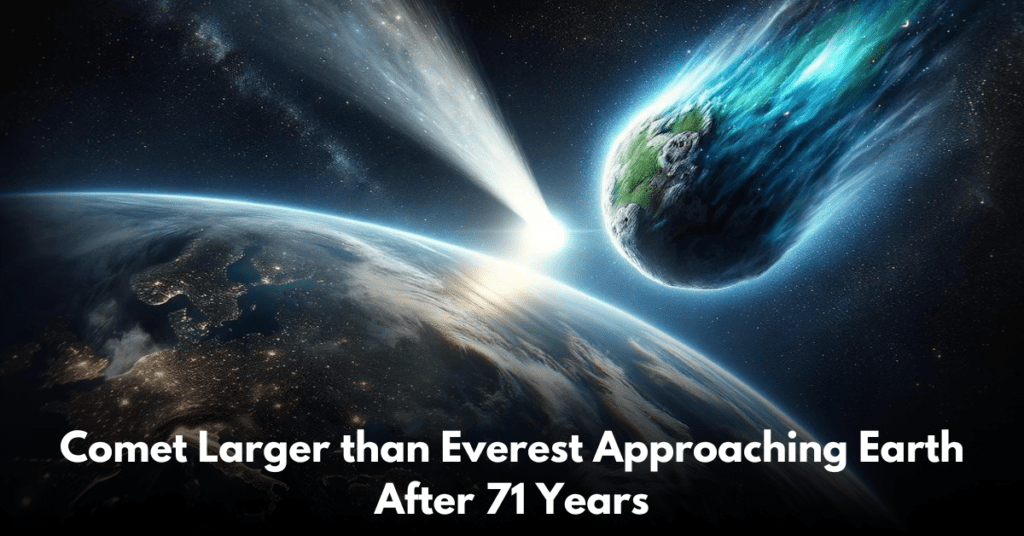After 71 years, a comet larger than Mount Everest is set to grace the skies of Earth, offering stargazers a rare spectacle. Dubbed Comet 12P/Pons-Brooks, its distinctive appearance, akin to the Star Wars Millennium Falcon, has captured attention. Although initially visible only with specialized telescopes, it will soon be discernible to the naked eye.
To catch a glimpse, enthusiasts should direct their gaze westward toward the Great Square of Pegasus, guiding them to Comet 12P/Pons-Brooks as it embarks on a meandering journey towards Aries the Ram over the next few weeks. This celestial event is a once-in-a-lifetime occurrence, as the comet completes its orbit around the sun every 71 years.
On April 21, the comet is expected to approach the sun at a distance of up to 72.5 million miles, followed by a near pass of 144 million miles to Earth on June 2. Jessica Lee, an astronomer at the Royal Observatory Greenwich, suggests late March as the optimal time for northern hemisphere observers to witness the comet’s peak brightness.
While the exact appearance and brightness of comets can be unpredictable, experts advise vigilance for what resembles “an irregularly shaped dirty snowball.” As the comet nears, it is anticipated to manifest as a dim, star-like entity with a fuzzy tail, visible without aid during its close approach.

